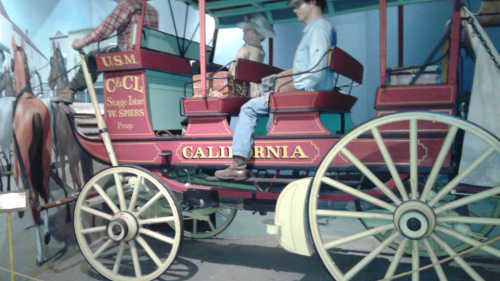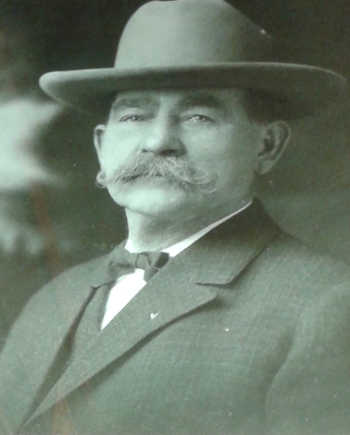
“The challenge of history is to recover the past and introduce it to the present.” – David Thelen
LAKE COUNTY, Calif. – Covered wagons and stagecoaches paint a quintessential portrait of the wild west in our minds.
The 19th century mode of transport has come across into our literature and culture over time. A movie classic example is “Stagecoach” with John Ford.
A stagecoach was good for all purposes – transporting people, mail and goods. They were towed by horses or mules, and were at once a dependable and necessary form of transportation.
The stagecoaches of Lake County's history were derived from the 13th century's “manuscript,” according to Encyclopedias Brittanica.
In the book, “History of Lake County 1881,” Lower Lake's transportation link to the external regions was discussed thusly : “Lower Lake is connected with the outside world by two stage lines, one extending from East Lake to Calistoga, and the other from Lower Lake to Woodland. The mail service has been heretofore daily for some time, but is at present only tri-weekly.”
When Robert Louis Stevenson lived on Mount St. Helena in 1880 he noted that two of the most popular stage drivers of the era were Clark Foss and Bill Spiers, who made frequent forays into Lake County.
Driver Foss is described by Menefee’s Sketchbook as “second to none in the handling of horse, whip, and lines.”
Foss is further described by his rival, Bill Spiers in his recollections: “Colonel Foss weighed two hundred and sixty-five pounds, and could handle six horses like you’d handle that many cats. He would lift them right up off their feet and swing them around the corners so fast you couldn’t see the leading team. He drove his stage to the Big Geysers for years, and he’d run down the last hill with a yell to wake the dead.”
The Lawley toll road from Calistoga to Middletown was constructed with Lawley and his partners, Henry Boggs and William Patterson, in 1866.
The toll rates for the roads were determined by the Board of Supervisors. Some of the charges follow, below. After public outcry in 1873, the high tolls were reduced.
• Four horse team: $1.50.
• Eight horse team: $2.50.
• One horse buggy: $0.75.
• Man and horse: $0.25.
The following quote, which is paired with a photo of stagecoach driver William Spiers, in the Sharpsteen Museum in Calistoga and is an excerpt from Ken Stanton's book, “Mount St. Helena & R. L. Stevenson State Park – a History and Guide”:
“William Spiers was one of the county's early freight drivers, hauling supplies to mines in Lake County. Thrifty and persevering, Bill bought the Lodi Stable and with the aid of a contract to carry U.S. Mail, operated the Calistoga-Clear Lake Stage Line. Bill became one of the counties most familiar pioneers. He served on the city council 36 years. Friendly and optimistic at all times, he answered all questions of health, business or prospects with one answer, 'Finest Kind.'”
Kathleen Scavone, M.A., is a retired educator, potter, writer and author of “Anderson Marsh State Historic Park: A Walking History, Prehistory, Flora, and Fauna Tour of a California State Park” and “Native Americans of Lake County.” She also writes for NASA and JPL as one of their “Solar System Ambassadors.” She was selected “Lake County Teacher of the Year, 1998-99” by the Lake County Office of Education, and chosen as one of 10 state finalists the same year by the California Department of Education.


 How to resolve AdBlock issue?
How to resolve AdBlock issue? 



